When it comes to growing crops, quality often translates to better yields, healthier plants, and more resilient harvests. While advanced technologies and expensive inputs can improve crop quality, many low-cost techniques can make a big difference.
This guide explores practical, budget-friendly methods to enhance your crop quality, ensuring you get the best out of your garden or farm.
1. Soil Health: The Foundation of Crop Quality
Composting
One of the simplest and most effective ways to improve soil health is through composting. Compost provides essential nutrients that plants need to thrive, enhancing soil structure and water retention.
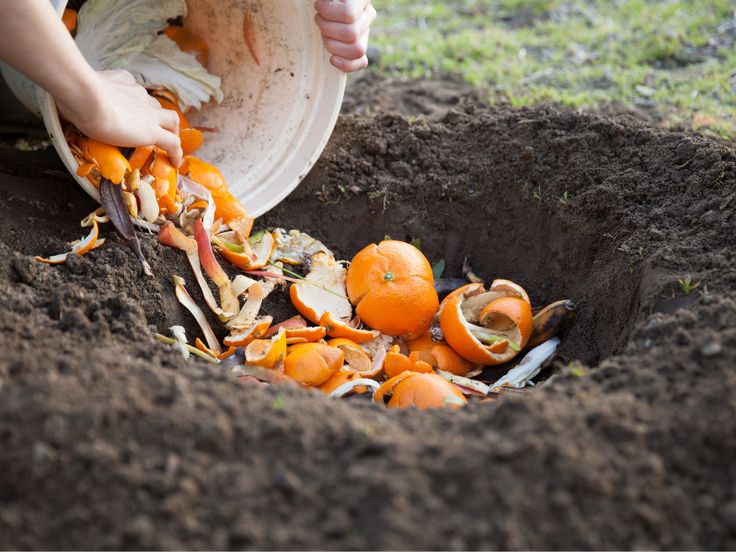
You can make compost from kitchen scraps, yard waste, and other organic materials. Composting not only enriches the soil but also reduces waste and the need for chemical fertilizers.
Mulching
Mulching is another cost-effective method to boost soil quality. By covering the soil with organic materials like straw, leaves, or grass clippings, you can retain moisture, suppress weeds, and improve soil fertility as the mulch breaks down.
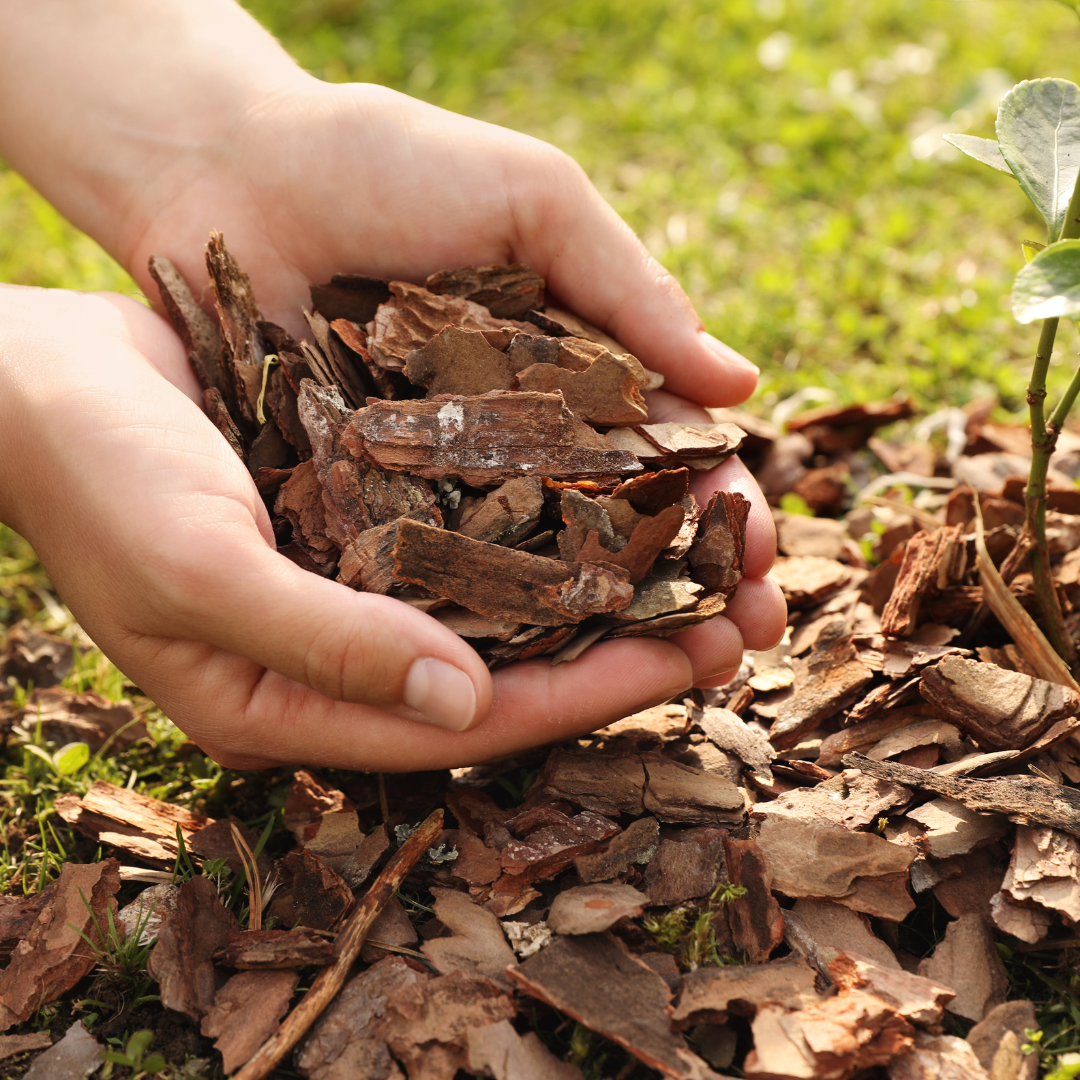
Mulching also helps to regulate soil temperature, creating a more stable environment for plant roots.
2. Water Management: Efficient and Effective
Drip Irrigation
Drip irrigation is an efficient way to deliver water directly to plant roots. Unlike traditional watering methods that can waste water through evaporation and runoff, drip irrigation minimizes water loss and ensures that plants receive a consistent supply.
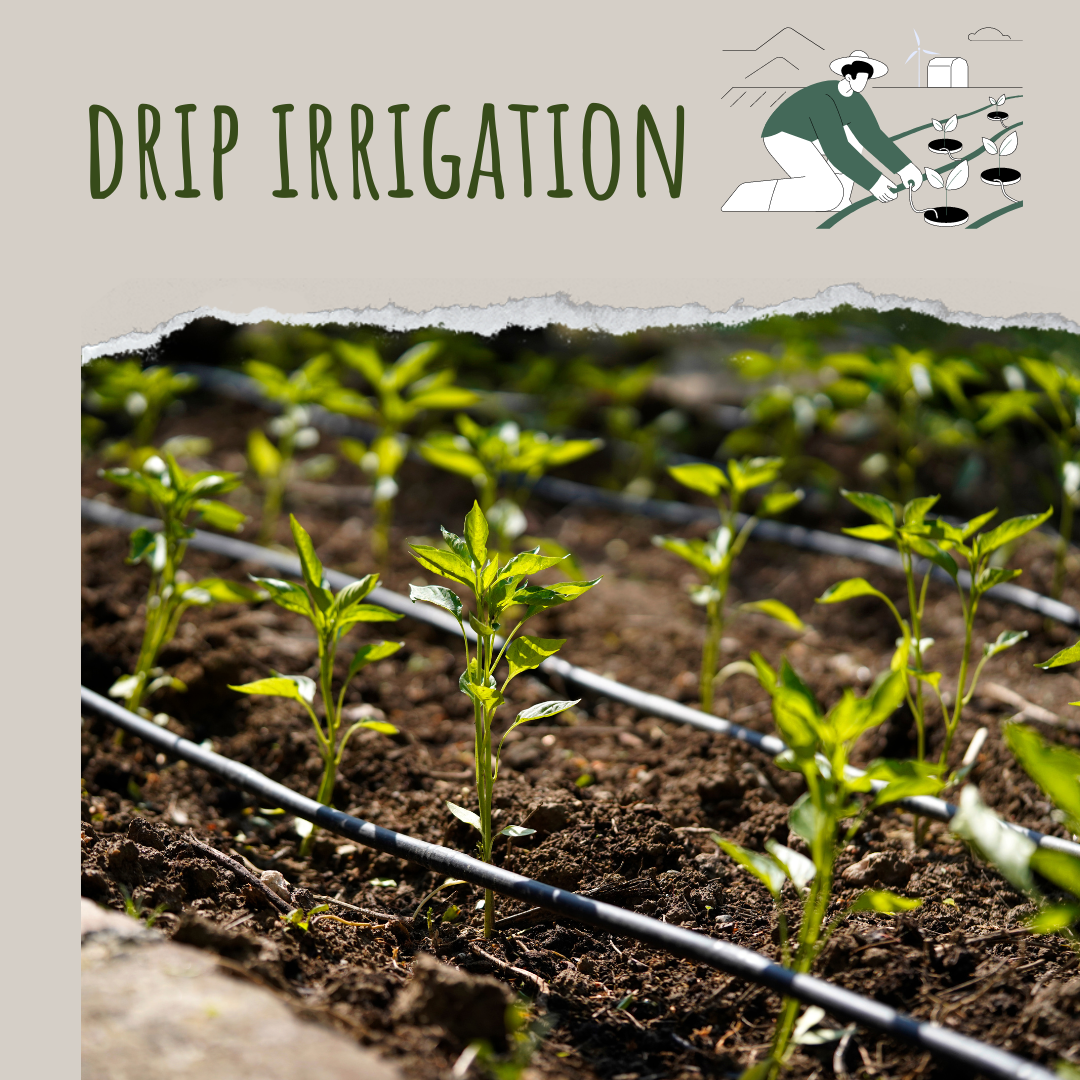
While commercial drip systems can be expensive, DIY versions using recycled materials like plastic bottles or hoses can be set up at a fraction of the cost.
Rainwater Harvesting
Collecting rainwater is another budget-friendly approach to managing water resources. By setting up rain barrels or other collection systems, you can gather and store rainwater for use during dry periods.

This not only reduces your water bill but also provides a natural, chemical-free source of water for your crops.
3. Pest and Disease Control: Safe and Sustainable
Companion Planting
Companion planting involves growing different types of plants together to naturally deter pests and improve plant health. For example, planting marigolds alongside vegetables can repel harmful insects, while growing basil near tomatoes can enhance their flavor and deter pests.

This method reduces the need for chemical pesticides and promotes a more balanced ecosystem.
Homemade Pest Remedies
Instead of resorting to expensive chemical treatments, consider making your pest control solutions. Simple mixtures of household ingredients like garlic, soap, and chili powder can effectively repel many common pests.
Additionally, neem oil, a natural product derived from the neem tree, can help control a variety of insects and diseases.
4. Fertilization: Boosting Plant Growth
Green Manures and Cover Crops
Green manures and cover crops are plants grown specifically to improve soil health and fertility. Examples include clover, rye, and legumes.
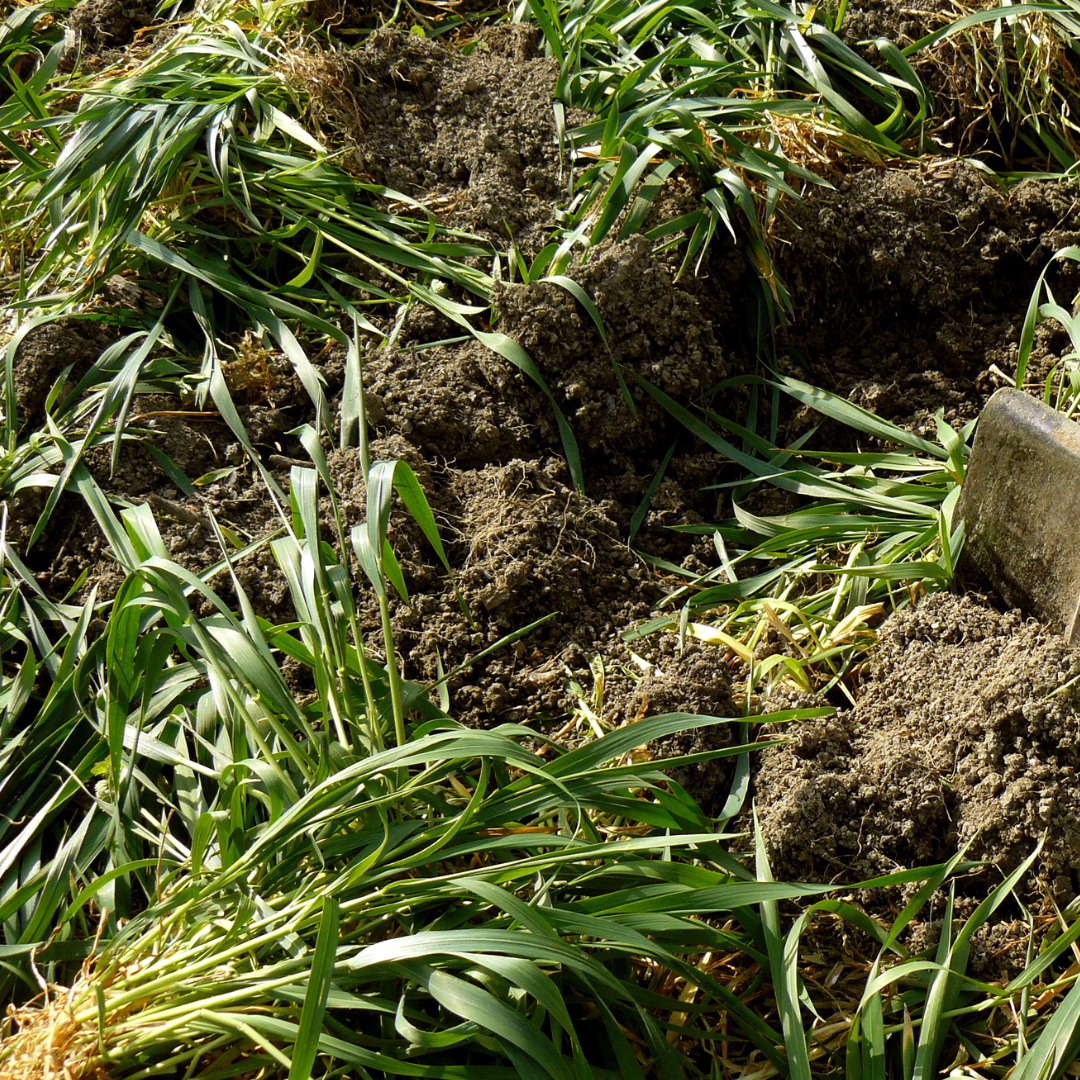
These plants can be tilled into the soil to add organic matter, enhance nutrient levels, and improve soil structure. Cover crops also help prevent erosion and reduce the need for synthetic fertilizers.
Homemade Fertilizers
Creating your own fertilizers is a cost-effective way to supply essential nutrients to your plants. You can make nutrient-rich solutions using materials like banana peels, and coffee grounds.

For example, banana peels provide potassium, which is crucial for flowering and fruiting, while coffee grounds add nitrogen to the soil.
5. Crop Management: Maximizing Potential
Proper Spacing
Ensuring that plants are spaced correctly can significantly impact crop quality. Overcrowded plants compete for resources such as water, nutrients, and sunlight, leading to reduced yields and poor plant health.
By following recommended spacing guidelines for each crop, you can optimize growth and improve overall quality.
Crop Rotation
Rotating crops is a simple technique that helps maintain soil fertility and reduce the risk of diseases and pests.
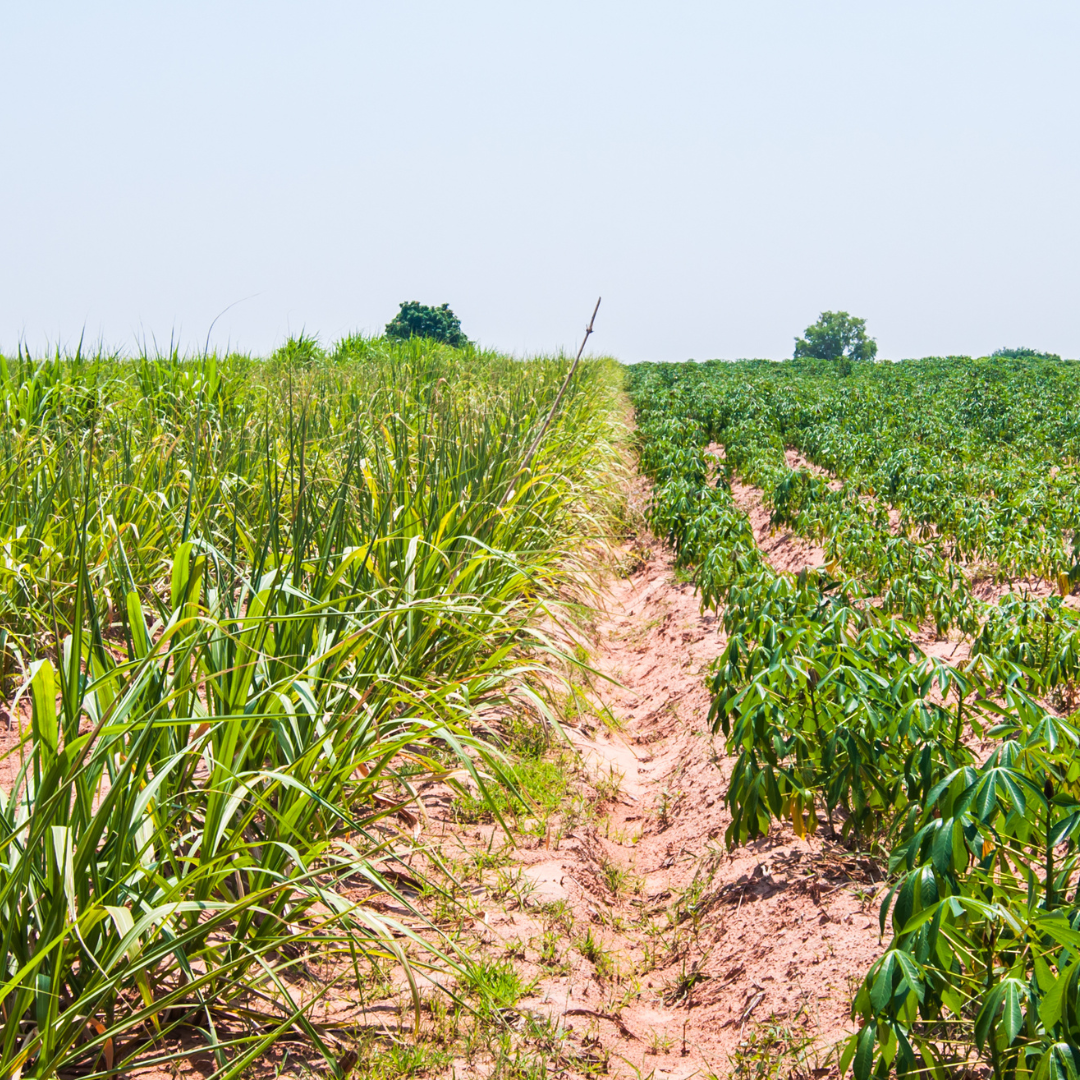
By changing the types of crops grown in each area from season to season, you prevent nutrient depletion and disrupt the life cycles of pests and diseases. This practice can lead to healthier plants and better-quality produce.
6. Plant Care: Nurturing Growth
Regular Weeding
Weeds compete with crops for nutrients, water, and sunlight, which can negatively affect plant quality. Regular weeding is essential to ensure that your crops have access to all the resources they need.

Mulching can also help reduce weed growth, making it easier to manage.
Pruning and Thinning
Pruning and thinning are important for maintaining plant health and maximizing yields. By removing excess growth and dead or diseased branches, you improve air circulation and light penetration.
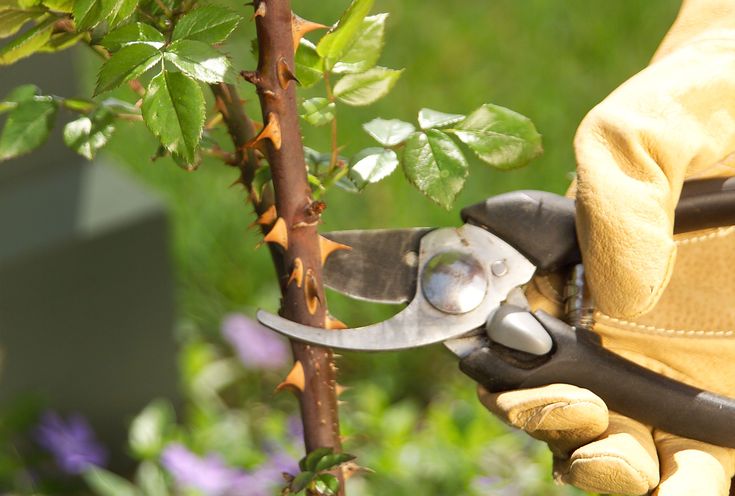
This helps prevent disease and encourages plants to focus their energy on producing high-quality fruits or vegetables.
Conclusion
Improving crop quality doesn’t have to involve expensive technologies or inputs. By implementing these low-cost techniques, you can enhance soil health, manage water more efficiently, control pests naturally, and optimize plant care—all while staying within a budget.
Whether you’re a home gardener or a small-scale farmer, these practical methods can help you achieve better yields and healthier crops without breaking the bank. Embrace these simple strategies, and watch your crops flourish and thrive.
